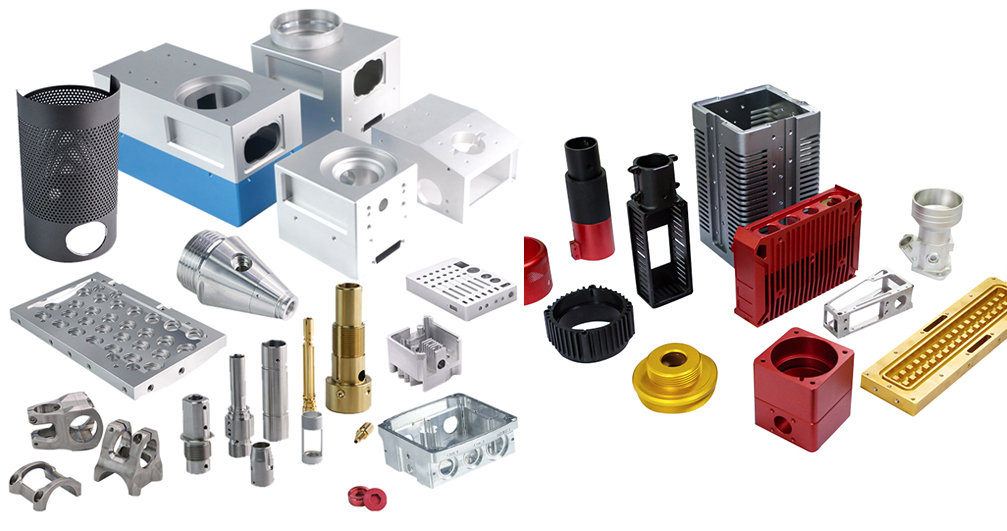15 years one-stop China custom CNC machining parts factory

Hey there I’m VMT Sam!
With 25 years of CNC machining experience we are committed to helping clients overcome 10000 complex part-processing challenges all to contribute to a better life through intelligent manufacturing. Contact us now
 137 |
Published by VMT at Dec 03 2021
137 |
Published by VMT at Dec 03 2021
Generally speaking, CNC machining can process materials such as metal, plastic, wood or ceramics to meet customer needs. The precise specification is programmed in the following way without a physical operator. In other words, high-performance metal CNC machining machine tools mean to increase CNC machining productivity and save labor costs, which is helpful to corporate profitability.
What is CNC machining?
CNC: cnc stands for "computer numerical control", the definition of CNC machining is a subtractive manufacturing process, which usually uses computer control and machine tools to remove multiple layers of materials from stock parts called blanks or workpieces and produce custom-designed ones CNC machining parts. CNC machining is suitable for various materials, including metal, plastics, wood, glass, foam and composite materials, and is used in various industries, such as large-scale CNC machining, machining of telecommunications parts and prototypes, and CNC machining Aerospace parts, which require tighter tolerances than other industries.
Note: There is a difference between the definition of CNC machining and the definition of CNC machine tools-one is processing, the other is machine tools. CNC machine tools (sometimes erroneously called C and C machines) are programmable machines that can perform CNC machining operations autonomously.

Subtractive manufacturing processes, such as CNC machining, are usually combined with additive manufacturing processes, such as 3D printing, or prototype manufacturing processes, such as liquid injection molding. When the subtractive process removes the material layer from the CNC machined part to produce a customized CNC machined shape and design, the CNC machine assembles the material layer into the desired shape, and the forming process deforms and replaces the raw material into the desired shape.
The automatic characteristics of CNC machining make it possible to produce high-precision, high-precision, simple CNC-machined parts and cost-effective when completing one-off and medium-scale production. However, compared with other CNC machining and manufacturing processes, CNC machining has certain advantages, but the complexity of the design of CNC machining parts and the cost-effectiveness of CNC machining parts are limited.
The CNC machining process is suitable for various engineering materials, including:
The choice of the best material for CNC machining applications depends to a large extent on the specific CNC machining manufacturing application and its specifications. Most materials can be CNC machined, as long as they can withstand the CNC machining process-that is, have sufficient hardness, tensile strength, shear strength, and chemical and temperature resistance.
Use CNC machining materials and their physical properties to determine the best cutting speed, cutting feed and depth of cut. The cutting speed, measured in surface feet per minute, is the speed at which an exponential control machine tool cuts into a workpiece or removes material from a CNC machined part. The feed rate—in inches per minute—measures the speed at which the workpiece is fed to the machine tool, and the cutting depth is the depth at which the tool cuts into the workpiece.
Under normal circumstances, CNC machining parts will first go through an initial stage. In this initial stage, they will be roughly processed into approximate and customized CNC machining shapes and sizes, and then undergo a finishing stage. At this stage, it has experienced a slower progress. Feed rate and shallower cutting depth to achieve more precise and accurate specifications.
Ready To Start Your Next Project?
Get Instant Quote

Request a Free Quote
Send us a message if you have any questions or request a quote. We will get back to you ASAP!